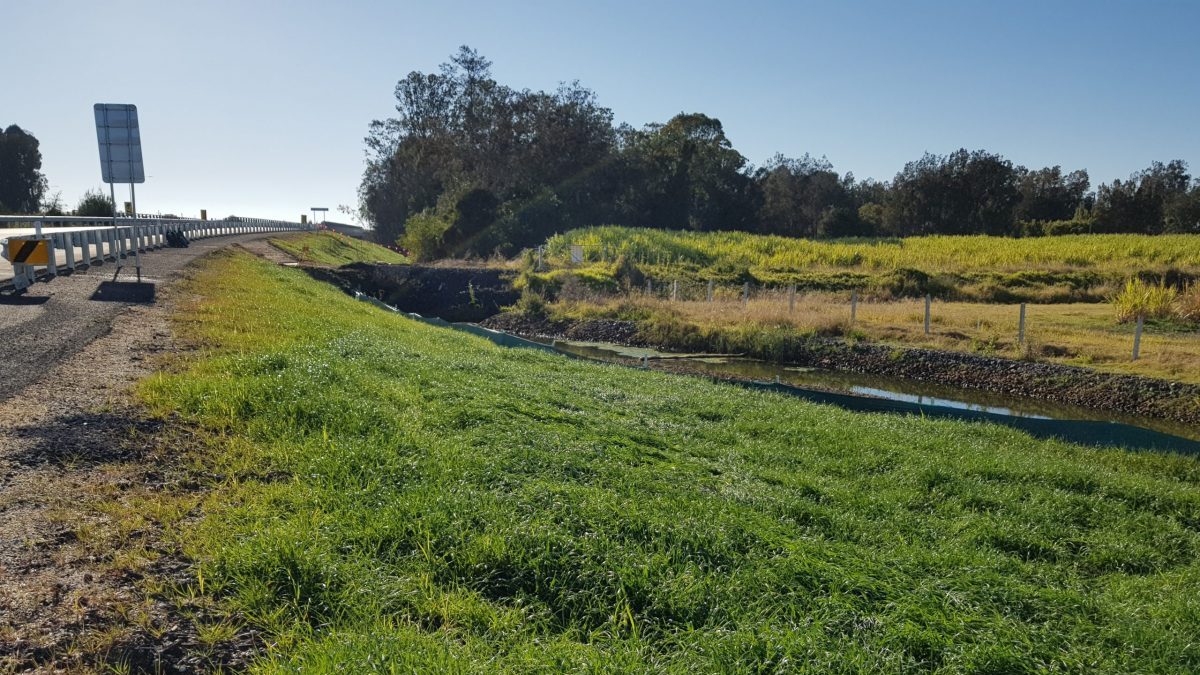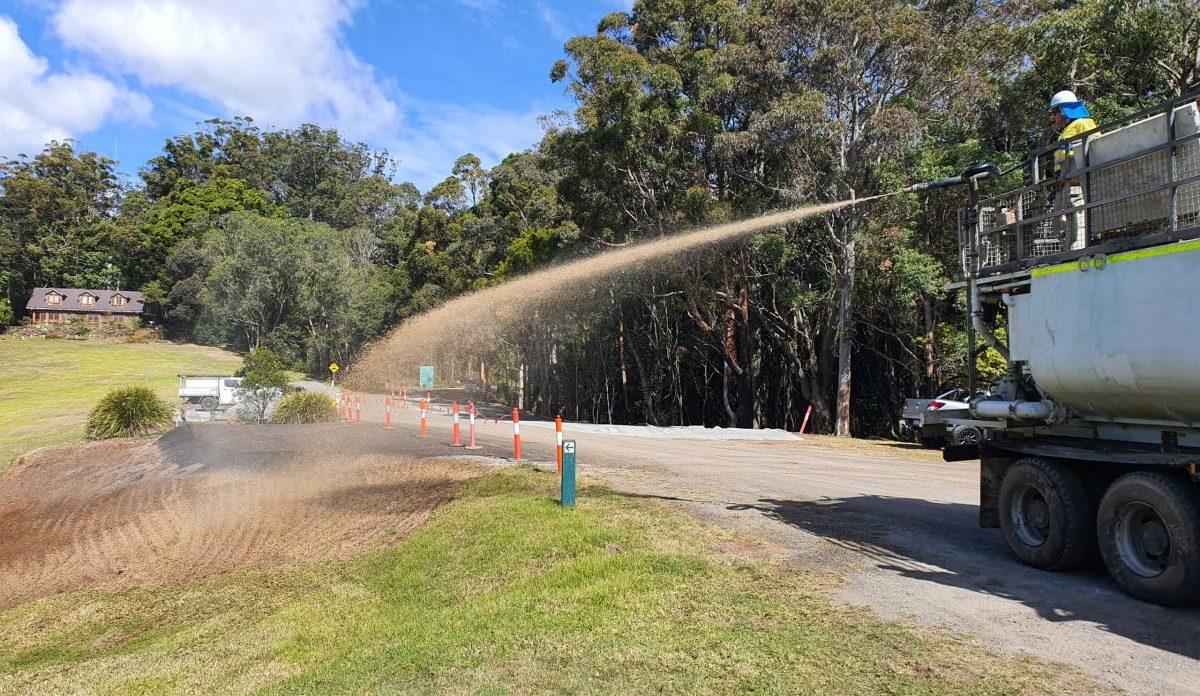
As discussed in part one, earthworks can destroy soil health and the soil microbiome. This disturbance and de-vegetation process degrades soil quality and structure while depleting soil of carbon and other critical nutrients.
In this age of risk mitigation and cost minimisation, we’re entering a new era of rehabilitation and revegetation involving regenerative and biological approaches. It’s a time to think small and do big things. Soil microbes can play critical roles in mediating plant productivity and increasing soil carbon. A teaspoon of healthy soil contains more soil microorganisms than there are people on the earth!
When your goal is to harness the power of beneficial microbes for revegetation, the first step is to condition your soil appropriately to enhance the microbes that are responsible for soil formation and restoration of nutrient cycling.
If you can create a minerally balanced and fertile microbial breeding ground, self-sustaining plant life is sure to follow.
Soil scientists at EnviroStraw have developed a regenerative approach they swear by, with successful outcomes that speak for themselves.
1. SOIL TESTING
To start the process of improving soil health and encouraging beneficial microbial activity, we firstly take soil samples and comprehensively look at the total mineral and essential nutrient levels in the soil. We identify any possible constraints and pinpoint what may be driving these issues (such as low pH or elevated aluminium).
Often we find that there is adequate calcium, phosphorus and nitrogen (for example) in the soil already. Happy days!
The only trouble is that the nutrients may not currently be plant-available because everything’s been disturbed and the microbiome has largely been destroyed.
Another issue we often identify is that there is a total imbalance and/or depletion of other mineral nutrients (eg Ca vs Mg, K vs Na, low trace elements and carbon) that’s compounded by constraints such as nutrient lock-up due to elevated aluminium levels.
Our team takes a different tack to your typical agronomist in:
- not following the traditional route of simply applying water soluble (leachable) fertilisers
- not adding excessive rates of lime and gypsum (purely to adjust soil pH)
- not applying high rates of typical composted organic material, which has inherent associated problems such as weed seed issues, nitrogen drawdown and contaminants. Doing so can have the unfortunate effect of creating further nutrient deficiencies and imbalances such as nitrogen drawdown and depleted soil carbon, which can potentially lock up even more nutrients in the soil from any applied fertilisers.

2. FERTILISER & AMENDMENTS
Once we’ve figured out what minerals the soil is lacking, we address these deficiencies and/or imbalances by:
- Applying a Controlled Release Fertiliser (CRF) that is bio-compatible and aimed at encouraging microbial activity – one that includes biostimulants, multiple macrominerals and trace elements. Any fertiliser used should be insoluble and bio-compatible so that it doesn’t volatilise into the atmosphere or leach into the environment, contaminating our precious waterways or damaging our beneficial microorganisms and depleting soil carbon.
- We do apply judicious amounts of lime or dolomite – to address calcium and/or magnesium deficiencies – but not to adjust pH of the soil. Our beneficial microbes can help adjust the pH around them and condition the rhizosphere to suit themselves, and this ultimately can be beneficial to the plant root.

3. BENEFICIAL MICROBES
Our next step is to kick-start and replace the microbes that were depleted, lost or destroyed during the digging and disruption phases of construction:
- We do this by inoculating a specific multi-strain suite of beneficial microbes (bacteria and fungi).
- These in turn can help with risk mitigation by potentially increasing the levels of nutrient use efficiency, soil carbon and water-holding capacity, which ultimately mediates plant productivity.
- Recently there has been an emphasis on applying bulk organic material/compost to restore soils. This is an important strategy, however our focus is on enhancing the beneficial microbes responsible for soil formation and laying down significant amounts of sequestered carbon.
By encouraging beneficial microbial activity in soil and fostering an efficient and active soil microbiome, we can help increase soil carbon (the water sponge), improve nutrient cycling and nutrient uptake efficiency. This will in turn accelerate soil regeneration and self-sustaining revegetation.
The secret is to enhance the activity of beneficial microbes by applying a balanced amount of nutrients (in a non-leachable format), judicious soil amendments and a specially selected suite of efficient beneficial microbes.
Beneficial microbes can access and cycle insoluble minerals and nutrients (either in the fertiliser or locked up in the soil) and feed them back to the plants. If we can replenish the microbes with the correct species and activate them in the soil, amazing things can happen fast.